
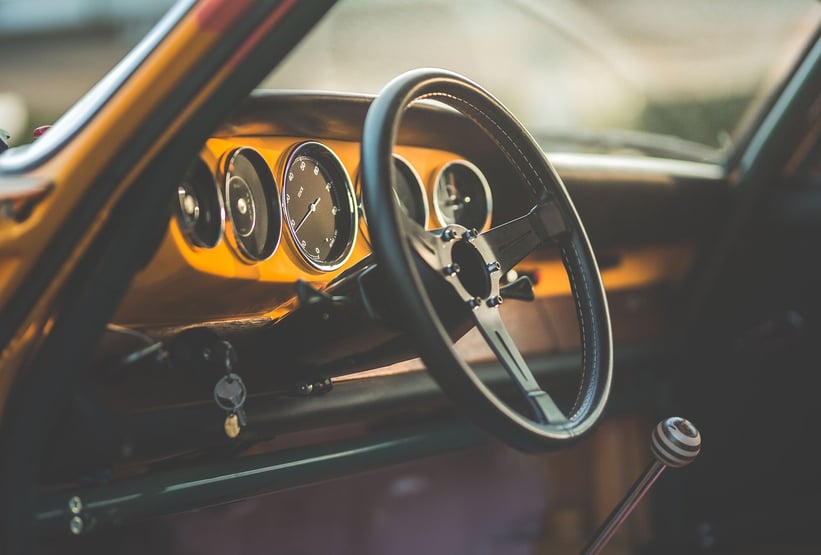

If you’ve been active on social media over the past few weeks, you will have probably seen this fabulous 1965 Porsche 911 2.0, resplendent in the British fashion designer Paul Smith’s signature Artist Stripe, shared by countless high-profile accounts, including Porsche itself.
The car was the brainchild of James Turner, co-founder of Sports Purpose, who, together with Richard Tuthill of Tuthill Porsche and Marcus Black, Head of Licensing at Paul Smith, brought an audacious idea to life in the most exquisite fashion.
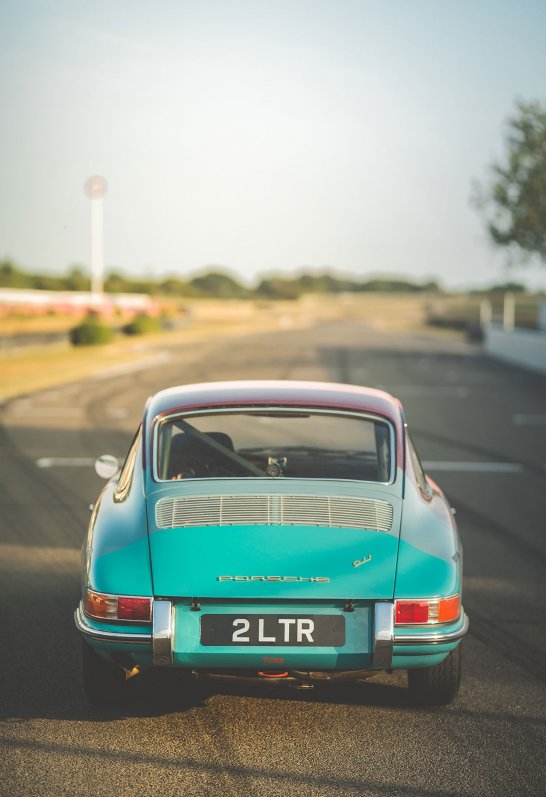

“Marcus and I first spoke a while ago about an idea I had for another project and we just clicked,” recalled Turner, as we sat down in the Drivers’ Club garden at the 2018 Goodwood Festival of Speed together with his co-conspirators. “He’s been working with Paul Smith for many years, so when the opportunity came up to build a racing car with Richard, it seemed obvious to talk to Marcus and ask if we could paint it in the wider Artist Stripe.”
These initial talks commenced just six short months ago and, allegedly, Paul Smith himself didn’t take much persuading to agree to the idea. “All it took was a one-page sketch of the car and the colour scheme,” comments Black. “Paul has always been a fan of the Porsche 911 and he’s owned numerous examples over the years.”
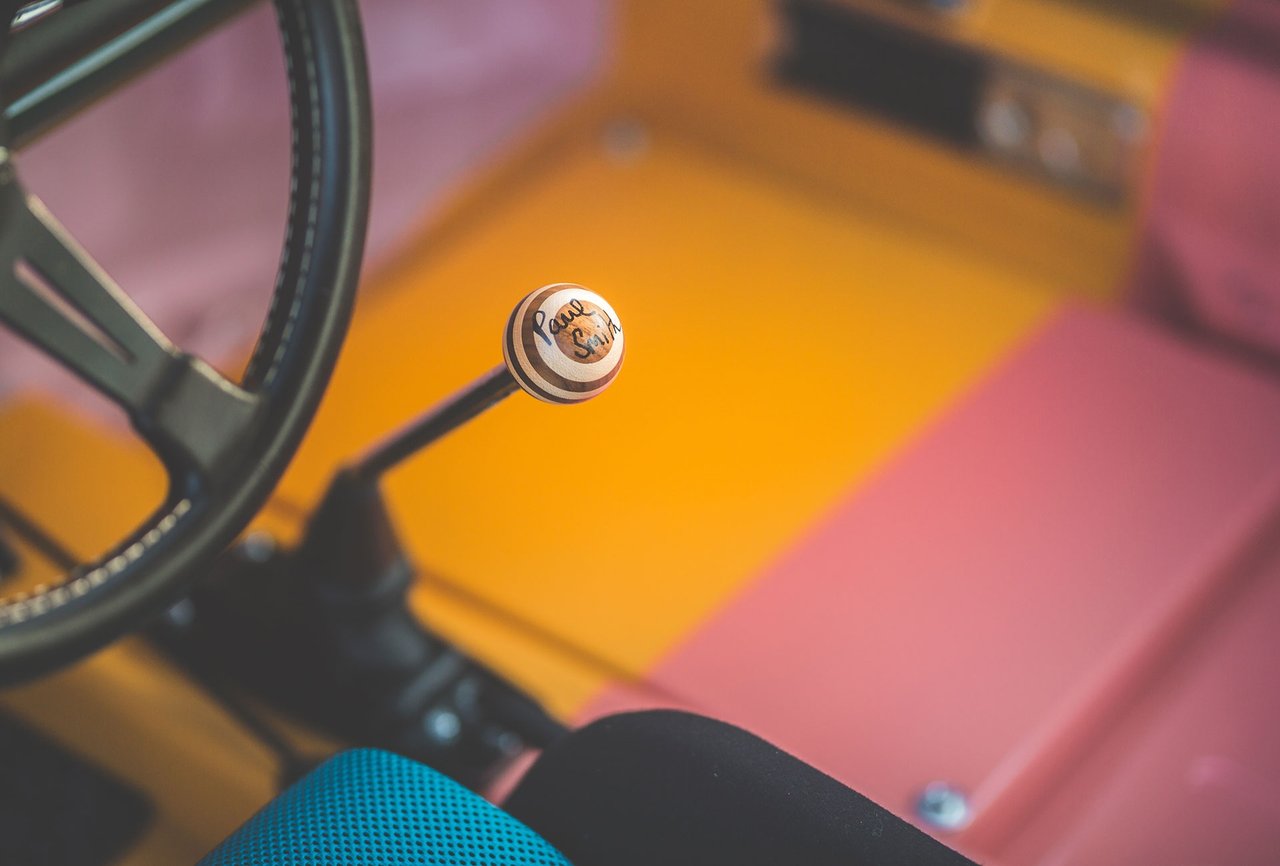
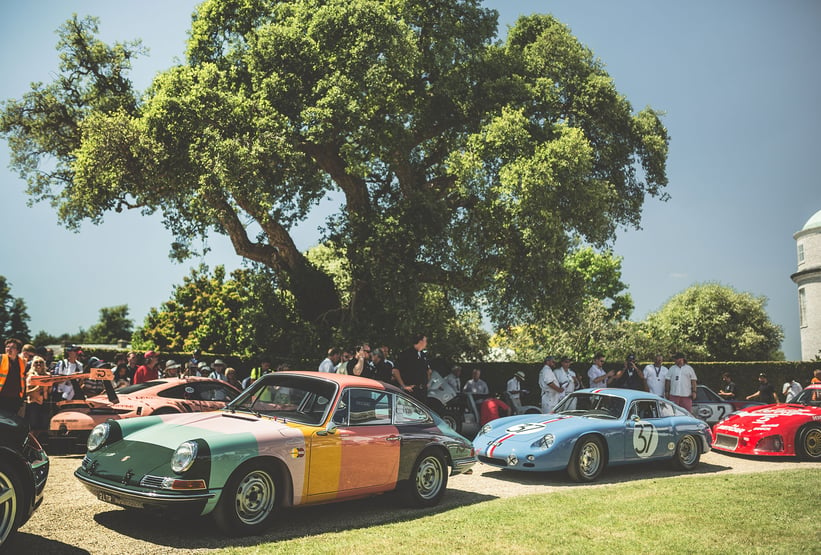
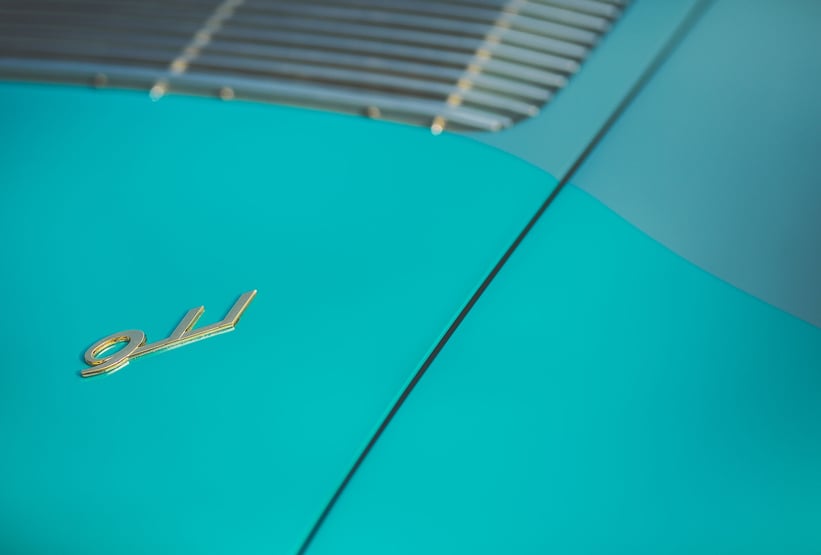
With Paul Smith on board, it was all systems go for Richard Tuthill and his 35-strong team at Tuthill Porsche. The original plan had been to build a short-wheelbase two-litre car to pre-1966 FIA specifications in time for Turner to race it in the Porsche Classic Race at the Le Mans Classic in early July. And that goalpost wasn’t going to move – regardless of the new art car concept.
“Aside from the time constraints, the paint was problematic because we weren’t able to get the exact colours from Paul Smith,” Tuthill explains. “It had them for materials and vinyl, but the codes did not translate to Pantone colours for the paint. It got to the point when we were mixing colours up in the paint shop ourselves and collectively judging which ones matched best.”
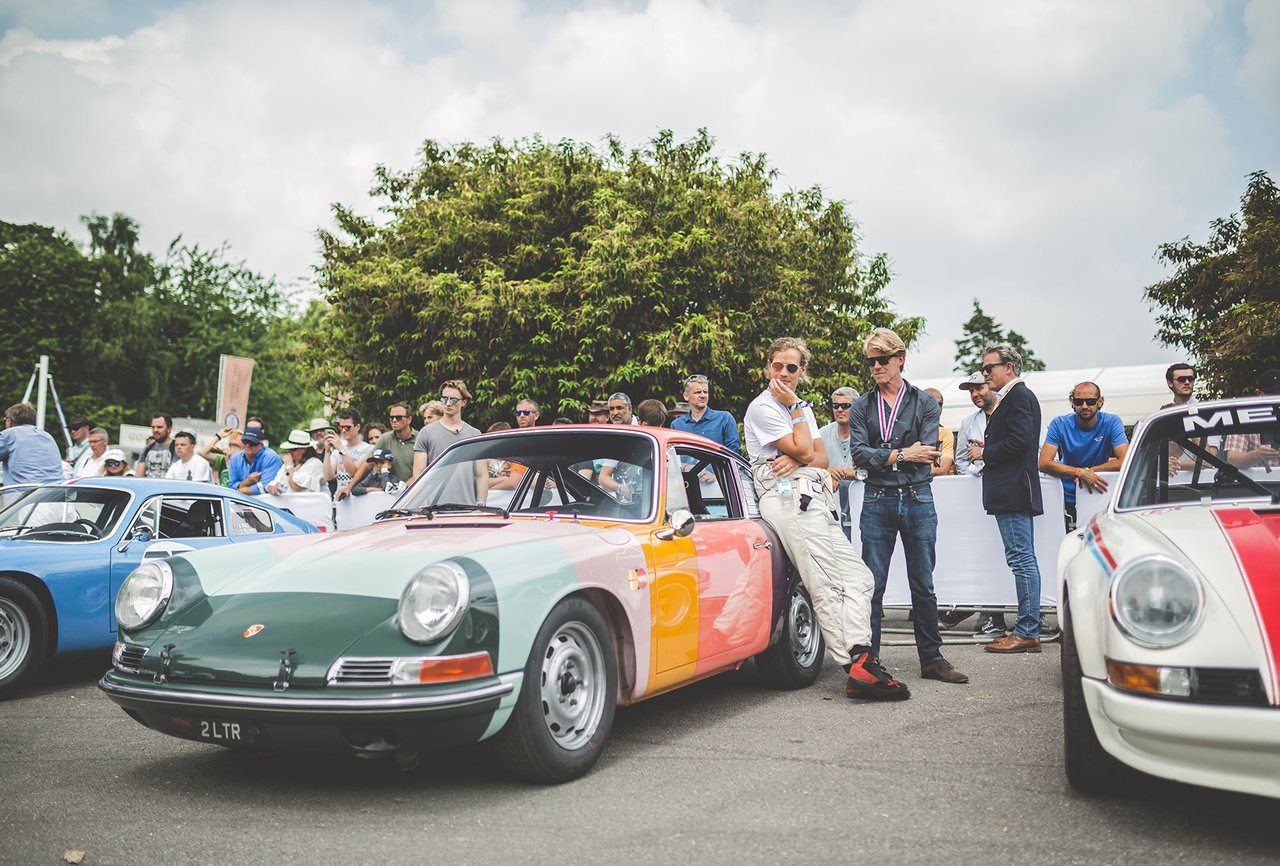
As a result, three different types of paint were used throughout the car, all of which required a slightly different process to apply. To further complicate matters, it was decided that the Artist Stripe should continue both inside and underneath the car. In total, the Paul Smith treatment added over 400 hours to the 200 hours it typically takes Tuthill to paint a 911.
But the trio sat in front of us were the first to agree it was worth the headaches – the quality and the attention to detail is nothing short of staggering, testament to the skill, patience, and dedication of Tuthill’s team. The stripes coordinate with millimetric precision. Even the back of every panel, which you can’t actually see, is correct. “Once we’d started, we just couldn’t stop,” says Tuthill. “Even the ballast box in the passenger footwell and the battery strap are half one colour, half another.”

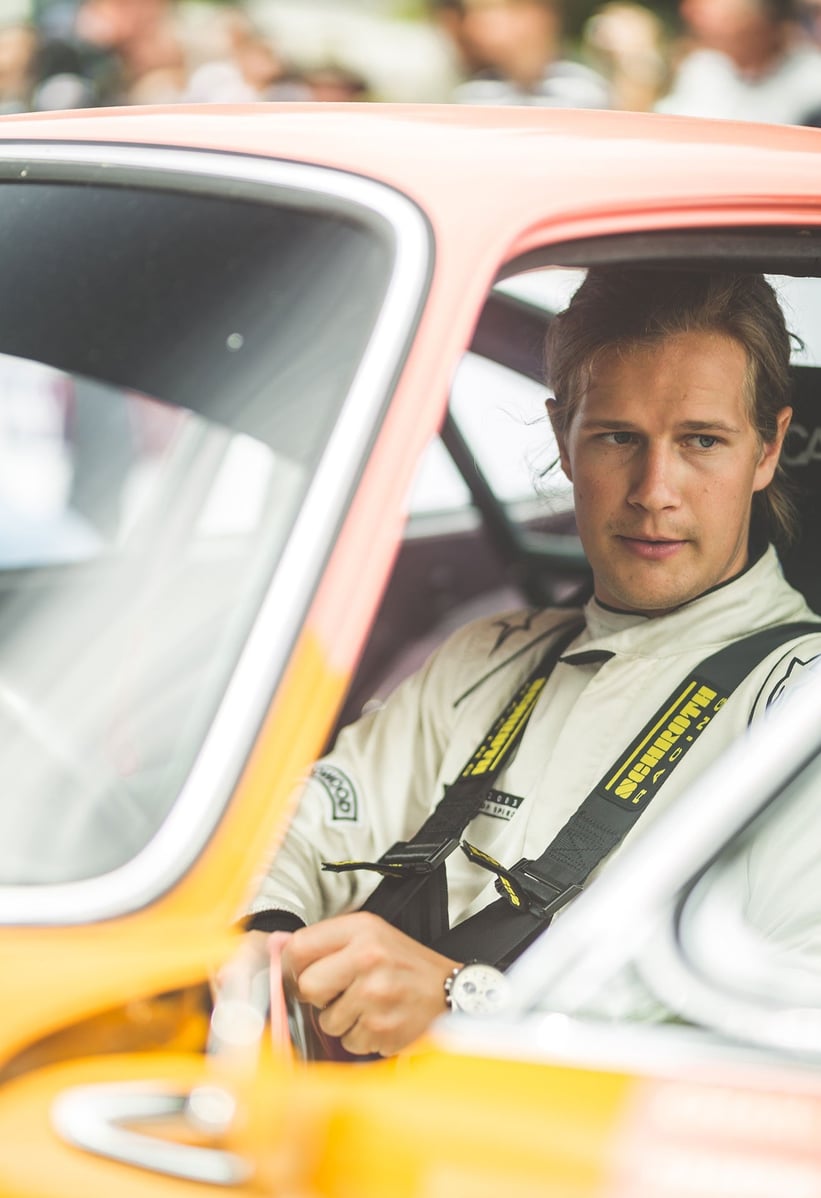
Where interior features such as the seat and the roll cage simply could not follow the rest of the car, careful thought was put into how they would add or deter from the overall aesthetic. “We discussed how painting the roll cage in black would have killed the look,” Turner explains. “So Marcus came up with the idea of finishing it in the dark green from the nose of the car – it was a stroke of genius.”
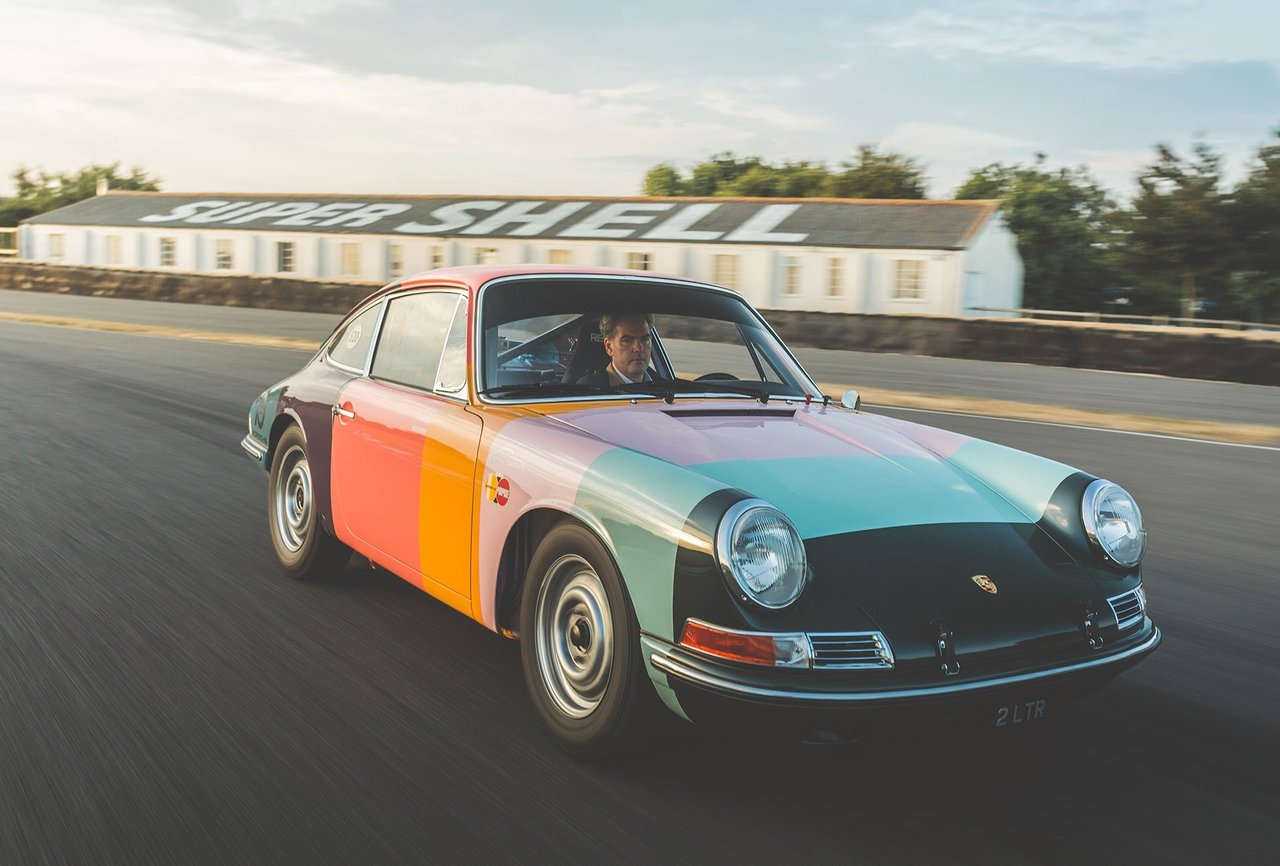
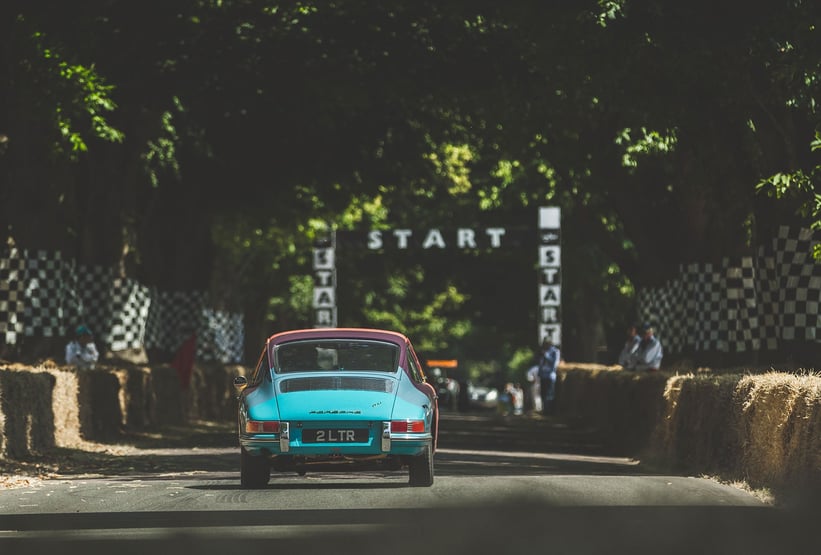

Crowning touches included the 917-inspired wooden gear knob, complete with Paul Smith’s signature, and the ‘2 LTR’ number plate, a nod to ‘The 2.0L Cup’, a newly formed single-make race series for 2-litre short-wheelbase Porsche 911s built before 1966, established by Turner in collaboration with Tuthill, Maxted-Page, Historika, and Peter Auto.
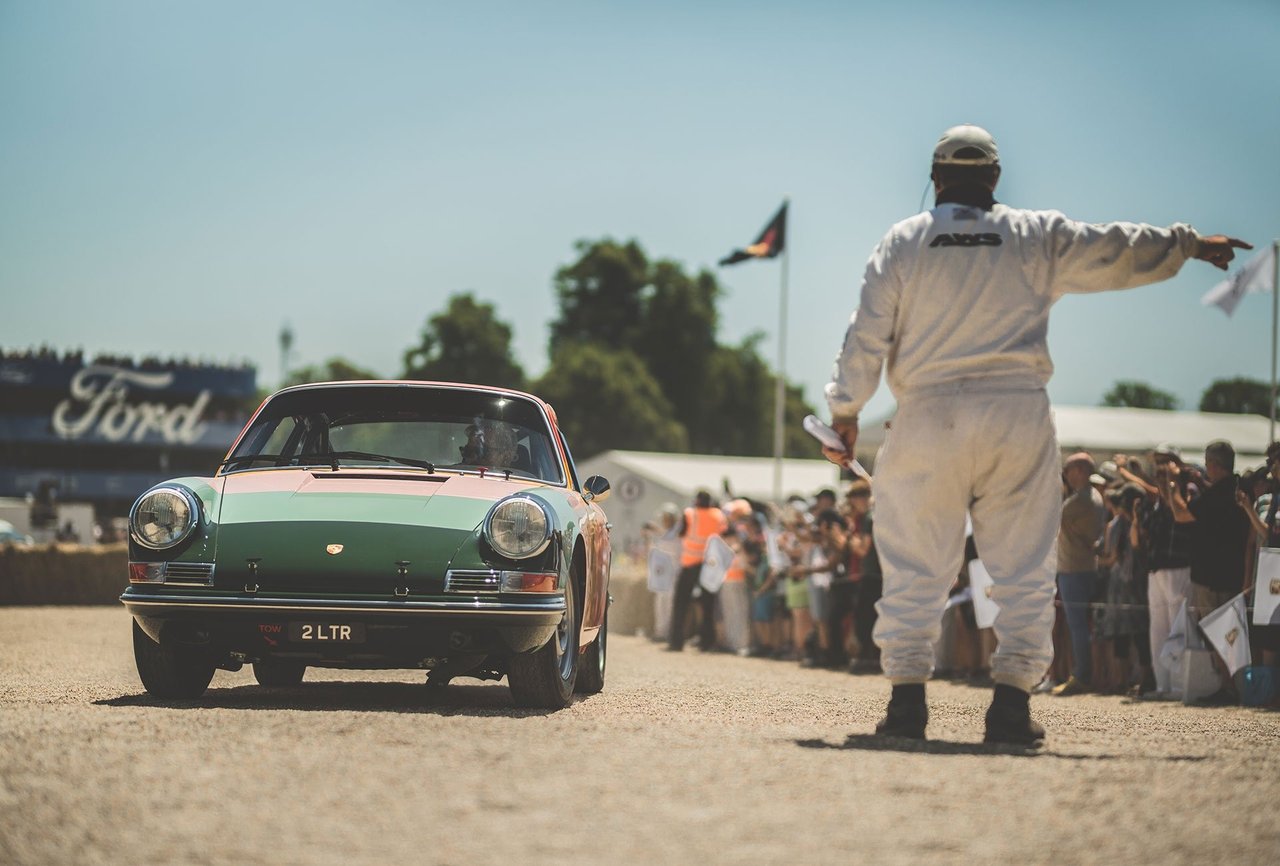
Tuthill Porsche is renowned around the world not only for the stunning fit and finish of its race-prepared Porsche 911s, but also the reliability and performance. After Richard had run in the 2-litre engine in another car and driven only around 10 miles in the Paul Smith 911, it was sent straight into battle at Le Mans, where it performed faultlessly for over two racing hours. And it looked to be in rude health at Goodwood, too, when Charlie Settrington, heir to the Goodwood estate, enthusiastically hustled the car up the hill.
After the final chequered flag for the day had dropped, Turner jumped in the multi-coloured Porsche and drove it straight from the paddock to the pub, stopping only to sneak onto the Goodwood Motor Circuit for an impromptu photo call and a ‘slow’ lap or two. As the low sun cast its vivid golden rays onto the ’65’s ever-so-slinky bodywork, it was hard not to be blown away by the humble little racer.

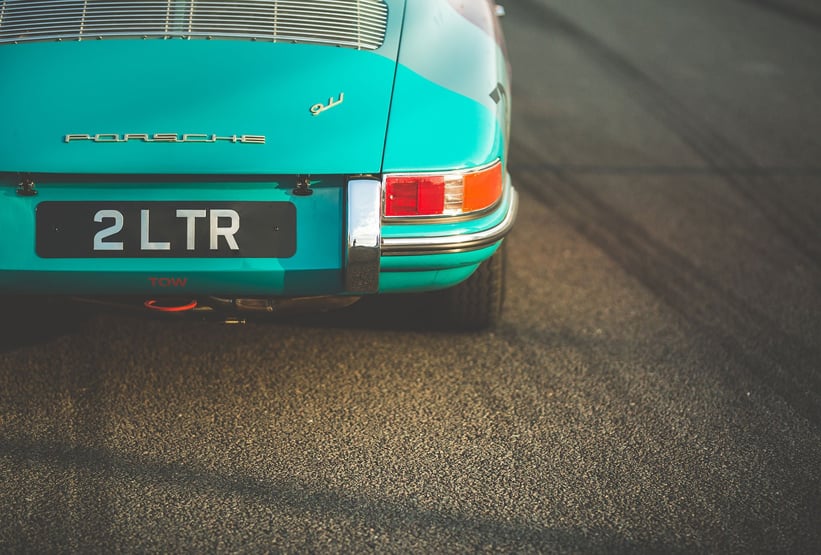

“If there’s one Porsche I could have over any other, it’d be a 1965 short-wheelbase 911,” says Tuthill. “They’re just wonderful little things to drive – small, light and controllable. And you can drive the doors off them without ever getting into too much trouble!” And from a man who’s raced a self-built 997 R-GT rally car in several rounds of the WRC, that’s quite a remark.
In addition to the Paul Smith 911 and ‘The 2.0L Cup’, Turner’s infectious Porsche passion has led him to organise the first Luftgekühlt meet on British soil, with the express permission of the cult air-cooled event’s founders Patrick Long and Howie Idelson. “I love things that are new and different, and when Pat started Luftgekühlt, it was clear he’d broken the mould. When you’re setting up a new business, you think about what you can do to promote it in a fun way. It’s going to be a bit of a toe in the water, but Patrick is extraordinary and great fun to work with.” Needless to say, Classic Driver will be there in force – we can’t wait.

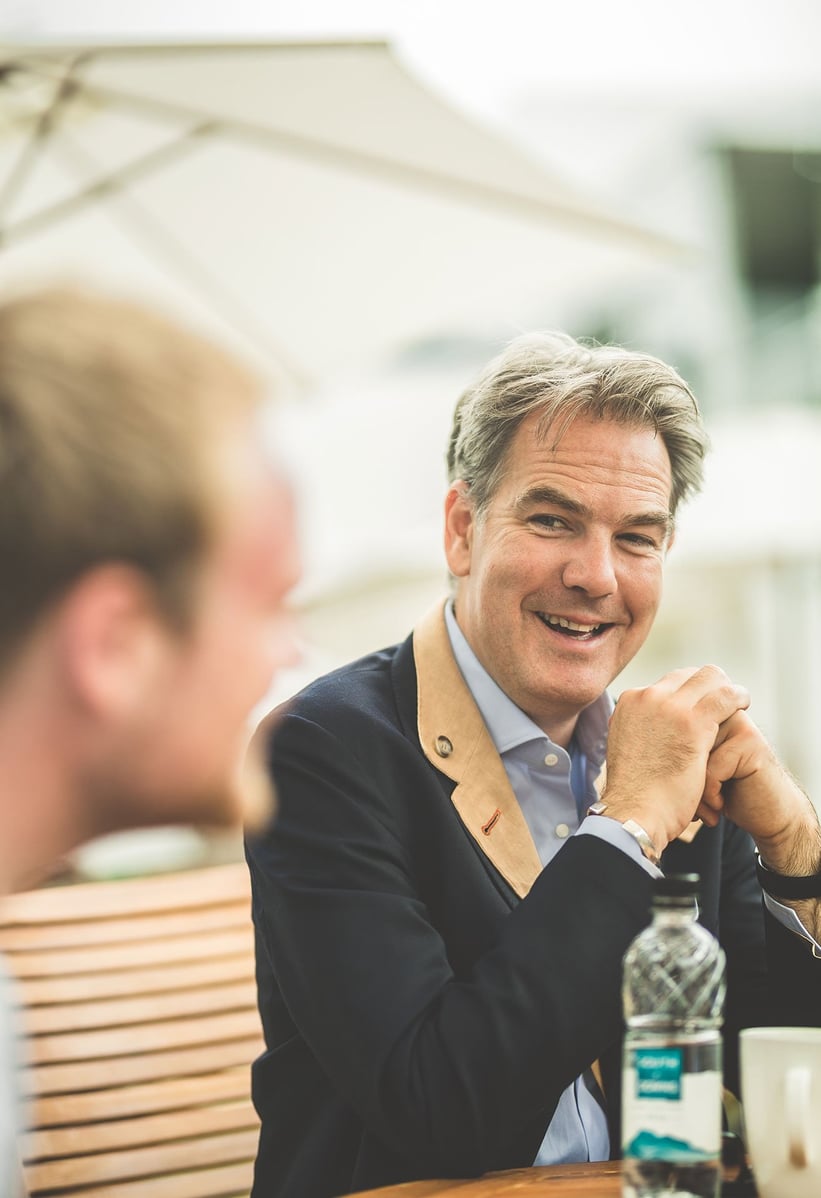
And what of the future for the Paul Smith 911? “The reception has been overwhelming,” Turner concludes. “When you do a project like this, you get so close to it and putting out there is the real acid test. It became the most-liked photo on Paul Smith Instagram account and I actually love that not everybody loves it. It wouldn’t have happened without Marcus and Tuthill Porsche’s workmanship left us all speechless.”
Turner hopes to drive to a few 2.0L Cup rounds on the continent next year and to contest the Tour Auto. And he’s adamant that in 20 years’ time, he’ll be driving it to the local boulangerie in the South of France to collect his morning croissants. And you can bet the residents of whichever sleepy village he chooses to stop at will be just as astonished as the Friday-night pub-goers near Goodwood.
Photos: Robert Cooper for Classic Driver © 2018
With special thanks to Gabriel Ludlow, Matt Hearn, and Sam Fairweather for kindly granting us access to the Goodwood Motor Circuit after hours.









































